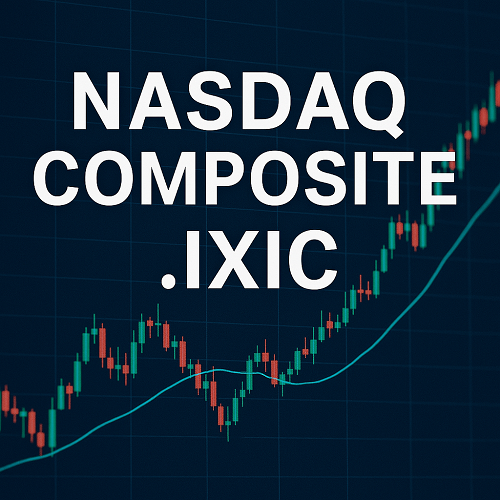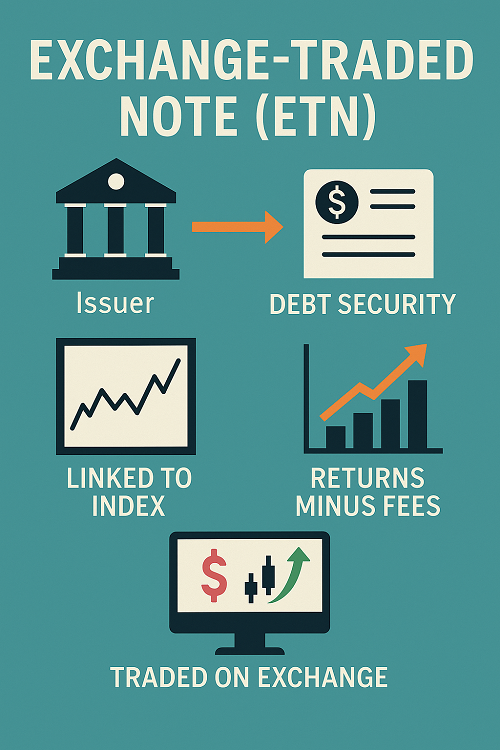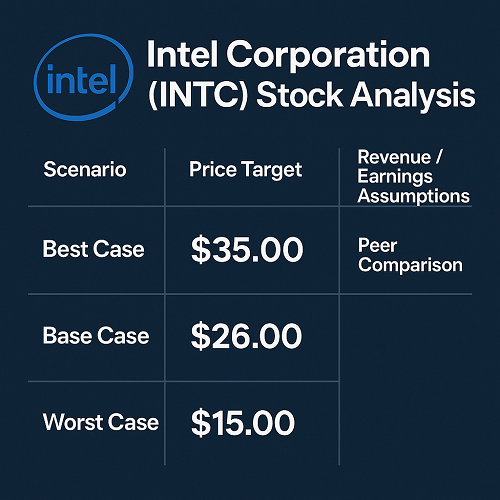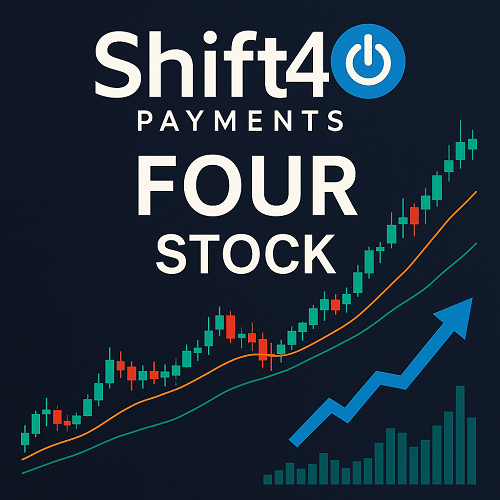The NASDAQ Composite, commonly symbolized as .IXIC (or COMP), is one of the most closely watched benchmark indices in global finance. It tracks thousands of stocks listed on the NASDAQ exchange, spanning technology, healthcare, consumer, and more. Because of its heavy tilt toward growth and innovation, it often leads in times of optimism and innovation cycles.
While the live Google Finance page you referenced gives real-time quotes and basic summary metrics, it lacks depth on methodology, trading strategies, macro linkages, and forward-looking insight. This article aims to fill that gap and provide actionable, expert-level content that can attract both retail and institutional readers, boosting ranking potential.
What Is the NASDAQ Composite Index?
Definition & Scope
The NASDAQ Composite index includes all domestic and international common stocks listed on the NASDAQ Stock Market (excluding preferreds, certain types of funds, etc.).
As of recent counts, the index comprises over 2,500 individual stocks (varies over time) Its broad coverage across sectors and securities gives it a representative voice for technology and growth-oriented equities.
How It Differs from NASDAQ-100 and Other Indices
A common point of confusion: the NASDAQ Composite is not the same as the NASDAQ-100 (NDX). Key differences:
| Feature | NASDAQ Composite | NASDAQ-100 |
|---|---|---|
| Universe | All common stocks on NASDAQ | Top 100 (by market cap & liquidity, excluding financials) |
| Sector Exclusions | All sectors included (Financials, etc.) | Excludes financials and certain sectors |
| Concentration | More diversified, though tech-tilt | More concentrated in mega-cap growth / tech names |
| Volatility / Beta | Moderately high | Typically higher, due to concentration in high-growth names |
Because the Composite includes a larger, broader base of stocks, its performance is often more tempered and less extreme than the NASDAQ-100 in both upswings and downturns.
Eligibility & Inclusion Criteria
To be included in the Composite:
- The security must be a common stock (i.e., ordinary shares).
- Instruments like ADRs (American Depositary Receipts), REITs, partnerships, and limited partnerships can be eligible.
- The listing must be on the NASDAQ exchange; delisted stocks are removed automatically.
- There is no strict “minimum market cap” for inclusion in the Composite (beyond the NASDAQ listing rules) unlike in curated indices like NASDAQ-100.
The Composite is therefore more “inclusive” and less curated than many other indexes.
Index Methodology & Weighting
Understanding how the index is constructed is key to interpreting its moves and risk.
Market Cap Weighting & Adjustments
The NASDAQ Composite is capitalization-weighted. That means each constituent’s impact is proportional to its float-adjusted market capitalization (i.e. shares available to public investors). Larger companies carry more weight.
Because of this, mega-cap stocks (e.g. Apple, Microsoft, Amazon, Nvidia, Alphabet, Meta) have outsized influence. If they move materially, they can swing the index significantly.
Floats are adjusted in cases of restricted shares, lockups, and other institutional holdings.
Treatment of Corporate Actions
- Stock splits / reverse splits: Adjustments ensure continuity (i.e. price changes due to splits do not distort index level).
- Mergers, acquisitions, spinoffs: The index team handles the mapping (which new entity inherits weight, etc.).
- Delistings: When a stock is delisted, it’s removed, and weight is redistributed among remaining constituents.
These mechanics help ensure the index remains consistent over time.
Rebalancing / Reconstitution
Unlike indices that reconstitute quarterly or semiannually, the Composite’s composition changes continuously as stocks list or delist. Weight adjustments occur dynamically as market caps change. There is no periodic “rebalancing” per se; the weights drift with market movements.
Historical Performance: Cycles, Milestones & Benchmarks
Long-Term Returns & Major Drawdowns
Over the decades, the NASDAQ Composite has delivered outperformance relative to many broad indexes, especially in technology cycles. But it also endured spectacular drawdowns (e.g. the 2000–2002 dot-com crash, the 2008 financial crisis, the 2022 tech pullback).
Annualized returns over long horizons (20+ years) often exceed 9–10%, though that masks volatility.
Some notable drawdowns:
- Dot-com bubble collapse (2000–2002): The NASDAQ Composite lost ~78% from its peak.
- Global Financial Crisis (2008): Severe losses as leverage and credit stresses unfolded.
- COVID crash (2020): Rapid decline but also rapid rebound.
- 2022–2023 tech pullback: Overvaluation, rising rates, and regulatory issues led to corrections in high-growth stocks.
Milestones & Record Highs
- In late 2024, the index crossed the 20,000 mark for the first time.
- Recently, the index hit new record highs, underscoring renewed investor appetite for tech and innovation.
- The Composite often leads gains during technological paradigm shifts (e.g. internet, cloud computing, AI) due to its exposure to growth sectors.
Comparison with S&P 500, Dow, and Other Tech Indexes
- The S&P 500 is broader across sectors and more balanced. In tech cycles, the NASDAQ may outperform, but in defensive or rotation environments, S&P often outpaces.
- The Dow Jones Industrial Average (DJIA) is price-weighted and limited to 30 large blue-chip stocks—less responsive to small-cap or growth trends.
- NASDAQ-100 / NDX tends to exaggerate upside and downside due to exposure to mega-cap tech names.
For many investors, the Composite and the NASDAQ-100 provide complementary lenses: one broader, one concentrated.
Key Drivers & Underlying Dynamics
To trade or invest effectively, you must understand what moves the index.
Role of Mega-Cap Tech / Innovation
Because mega-tech names carry significant weight, their earnings, regulatory environment, and innovation cycles often dominate index behavior. Breakthrough AI, cloud adoption, chip cycles, or regulatory shifts can cascade through the Composite.
Earnings, Valuations & Multiples
Growth stocks dominate, so valuations (P/E, forward P/E, PEG, etc.) and earnings growth expectations matter immensely. The index is especially sensitive in environments where multiple compression or expansion is driven by interest rates.
Interest Rates, Inflation & Monetary Policy
Rising interest rates generally penalize high-growth stocks (since they discount future earnings more heavily). Falling rates, or expectations of easing, often fuel rallies in the NASDAQ.
Thus, Fed decisions, inflation data, yield curves, and bond markets are always in the mix.
Sentiment, Momentum & Flows
Retail & institutional money flows (ETF inflows/outflows), momentum signals, and relative strength trends amplify moves. In tech bull markets, momentum chasers can push the index higher than fundamentals alone would permit.
Sector Composition & Thematic Trends
While technology is dominant, subthemes—semiconductors, biotech, cloud, AI, fintech, green tech—cycle in and out. The Composite’s breadth allows it to capture innovation beyond just the FAANG/MAMA (Microsoft, Apple, Meta, Amazon) names.
Trading the NASDAQ Composite
You cannot directly trade the index itself, but there are effective instruments and strategies.
Direct Instruments (Index Futures, ETFs, ETNs)
- NASDAQ Composite Futures / Index Derivatives: For direct exposure and leverage.
- ETFs / ETNs: Some funds attempt to replicate the Composite (though more commonly, funds track the NASDAQ-100).
- Index funds / tracker funds: For passive investment exposure.
Derivatives, Options & Leveraged Products
- Options on ETFs or futures (calls, puts, spreads) allow tactical exposure, hedging, or directional bets.
- Leveraged ETFs (2×, 3×) magnify gains or losses—use only with strict risk control.
- Volatility products: VIX-style indices, volatility futures can hedge NASDAQ downside.
Hedging & Overlay Strategies
Traders often hedge tech exposure via short positions, inverse ETFs, or options overlays. Overlaying across sectors (e.g. hedging tech with cyclicals) can help reduce correlation risk.
Technical & Quantitative Approaches
- Trend following / momentum strategies (moving averages, MACD, RSI) work well in trending regimes.
- Statistical arbitrage: Pair trades (e.g., NASDAQ vs S&P) can exploit divergences.
- Machine learning / factor models: Many quant funds build alpha models based on fundamentals, sentiment, flows, vol metrics.
Risk management modules (drawdown controls, position sizing) are essential in volatile tech regimes.
Risk Factors & Limitations
Traders must be cognizant of downsides.
Concentration Risk & Single Names
If one or two mega-cap names dominate the index, any adverse move in them can disproportionately hurt the composite. Overreliance on them creates fragility.
Valuation Bubbles & Mean Reversion
In exuberant markets, valuations can detach from fundamentals. Corrections can be swift and deep—especially for high-multiple growth names.
Macro Shocks & Policy Risks
Unexpected rate hikes, regulatory crackdowns (e.g. on Big Tech, data privacy, antitrust), geopolitical shocks, or inflation surprises can all derail momentum.
Liquidity, Volatility & Slippage
In stressed environments, liquidity deteriorates and slippage widens. Leverage amplifies these effects.
Forecasting & Outlook (2025–2030)
While no forecast is guaranteed, we can outline plausible scenarios and indicators.
Base, Bull, and Bear Scenarios
- Base case: Moderate GDP growth, slight easing by central banks, continued AI-driven productivity gains → composite grows 6–10% annually (nominal).
- Bull case: Breakthrough AI/quantum/cloud cycles, strong earnings, favorable regulation, new capital inflows → 12–20%+ annual returns with occasional sharper pullbacks.
- Bear case: Inflation reacceleration, aggressive rate hikes, regulation crackdowns, tech bubble burst → possible 20–40% drawdowns or multi-year sideways markets.
Macro Tailwinds & Headwinds
Tailwinds:
- AI/Automation adoption
- 5G / 6G infrastructure investments
- Cloud, edge computing, semiconductors
- Capital flows into innovation / venture capital
- Potential rate cuts or easing cycles
Headwinds:
- Inflation surprises & hawkish central banks
- Regulatory risk (antitrust, privacy, content)
- Geopolitical fragmentation
- Market overcrowding / capital misallocation
- Valuation fatigue / investor rotation
Leading Indicators to Watch
- Yield curve behavior, credit spreads
- Tech sector earnings forecasts / revisions
- Big tech regulatory developments
- Innovation adoption metrics (AI, cloud, chip, 5G)
- ETF flows into tech / momentum strategies
- Volatility regime shifts
Practical Advice for Traders & Long-Term Investors
Portfolio Allocation & Exposure
- For long-term investors, consider 10–25% exposure to NASDAQ Composite (or tech/innovation bucket) depending on risk tolerance.
- Use core-satellite approaches: core broad market with a NASDAQ/tech satellite.
Entry / Exit Timing & Risk Management
- Avoid chasing extremes—wait for pullbacks or consolidations to enter.
- Use stop-losses, position sizing, and capital allocation caps.
- Scale in/out of positions rather than going all-in at once.
Use Cases: Core Exposure, Tactical Bets, Hedging
- Core exposure: via ETFs or broad index trackers.
- Tactical bets: via options/futures during sector rotations.
- Hedging: use inverse ETFs or put options when valuations are stretched.
Common Mistakes & Pitfalls
- Overleverage or overexposure to single mega-cap names
- Ignoring macro / rate regime shifts
- Lack of proper hedges during tech correction cycles
- Chasing momentum without fundamental support
Conclusion & Key Takeaways
- The NASDAQ Composite (.IXIC / COMP) is a broad, tech-tilted benchmark tracking thousands of NASDAQ-listed stocks.
- Its capitalization weighting and inclusion rules mean mega-cap names often drive overall moves.
- Historical performance has been stellar during innovation cycles, but it is also vulnerable to sharp corrections.
- Traders can access exposure via futures, ETFs, options, leveraged products, and hedges.
- Understanding macro drivers (rates, inflation, regulation) and having rigorous risk control are essential.
- For 2025–2030, the outlook may favor continued innovation-driven gains, but volatility and regime shifts remain key risks.





 XAUT-USD
XAUT-USD  AMD
AMD  MARA
MARA  SHOP
SHOP  BULL
BULL  CL=F
CL=F